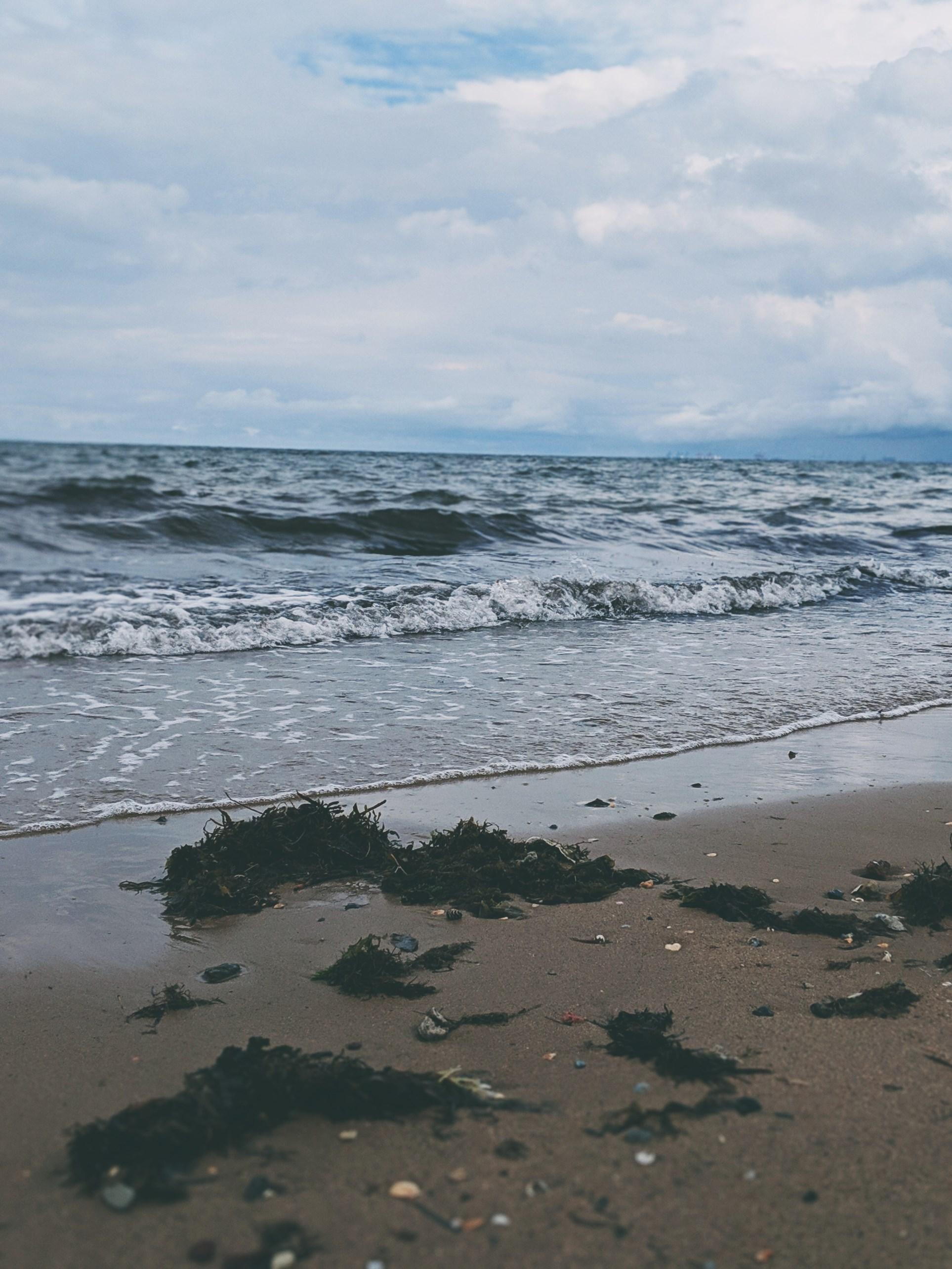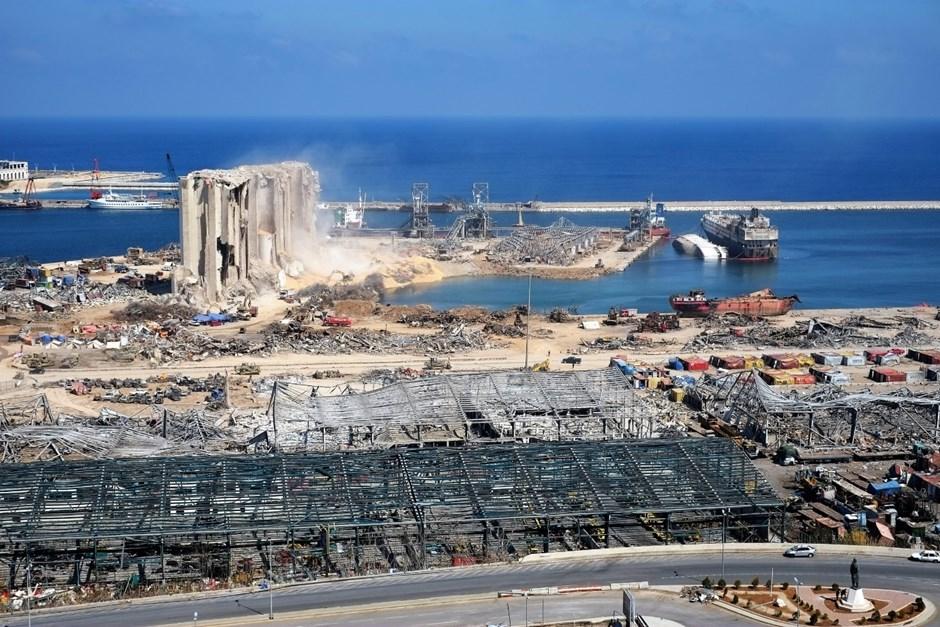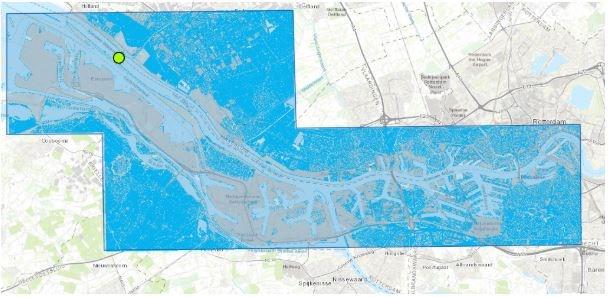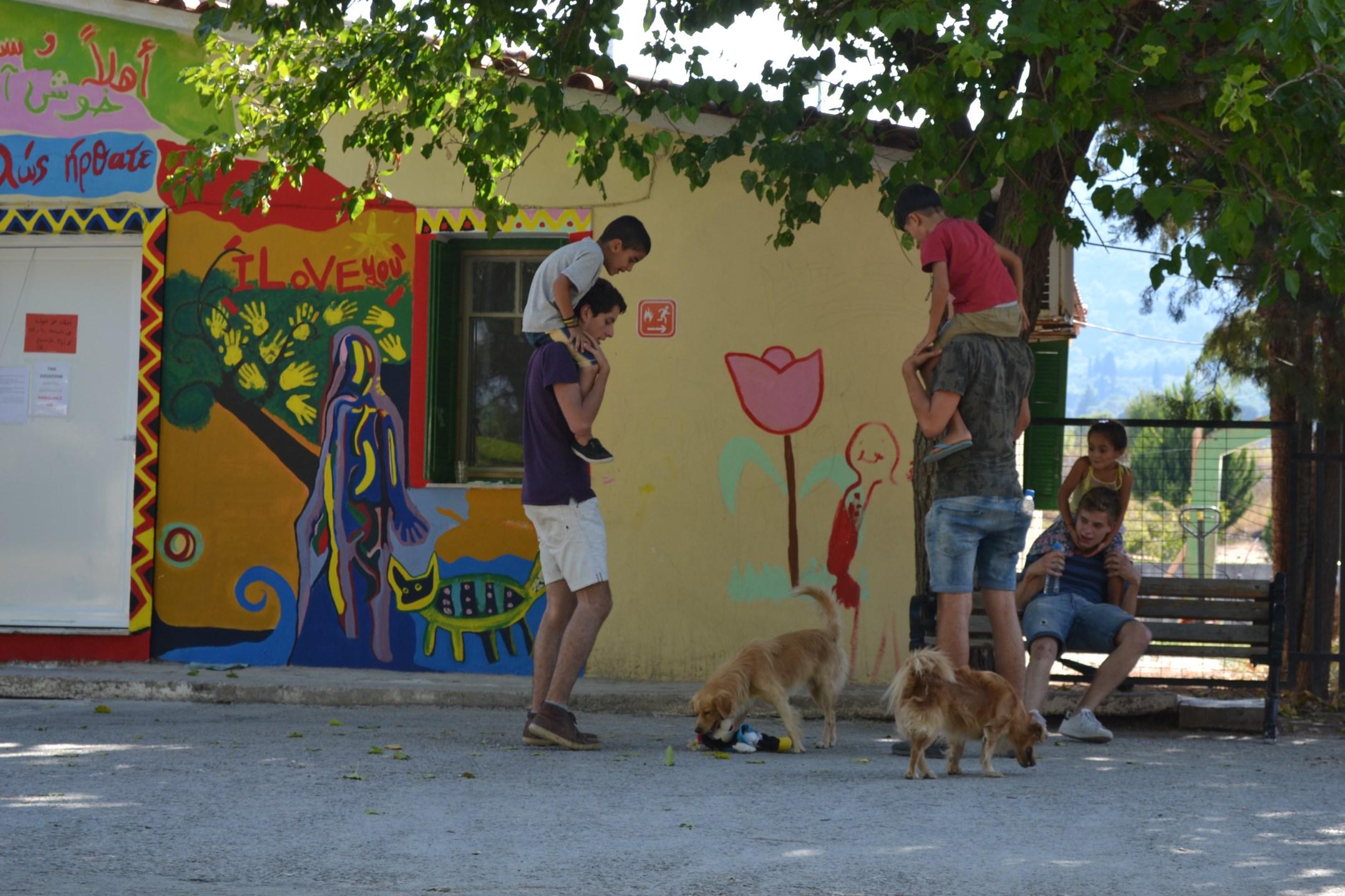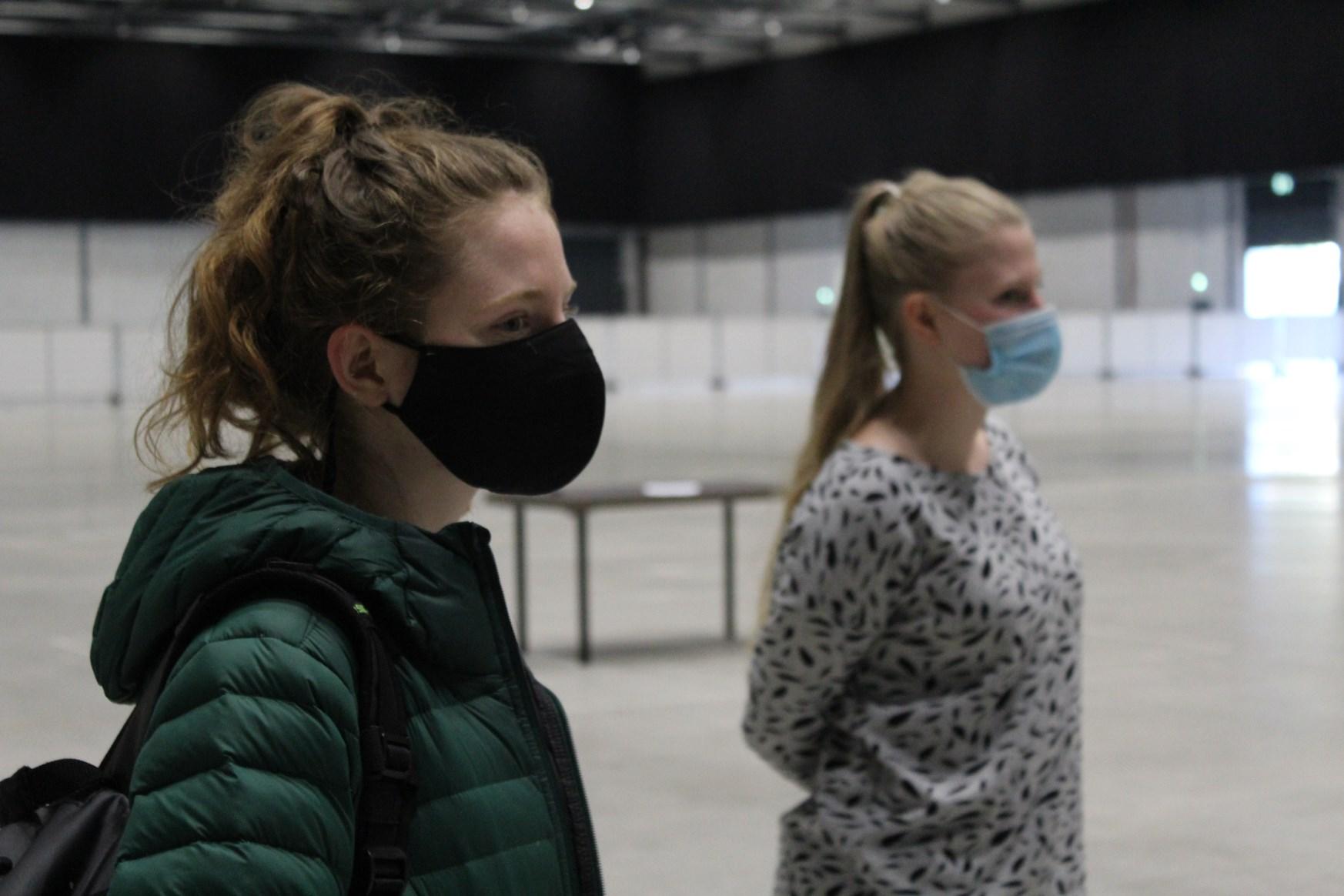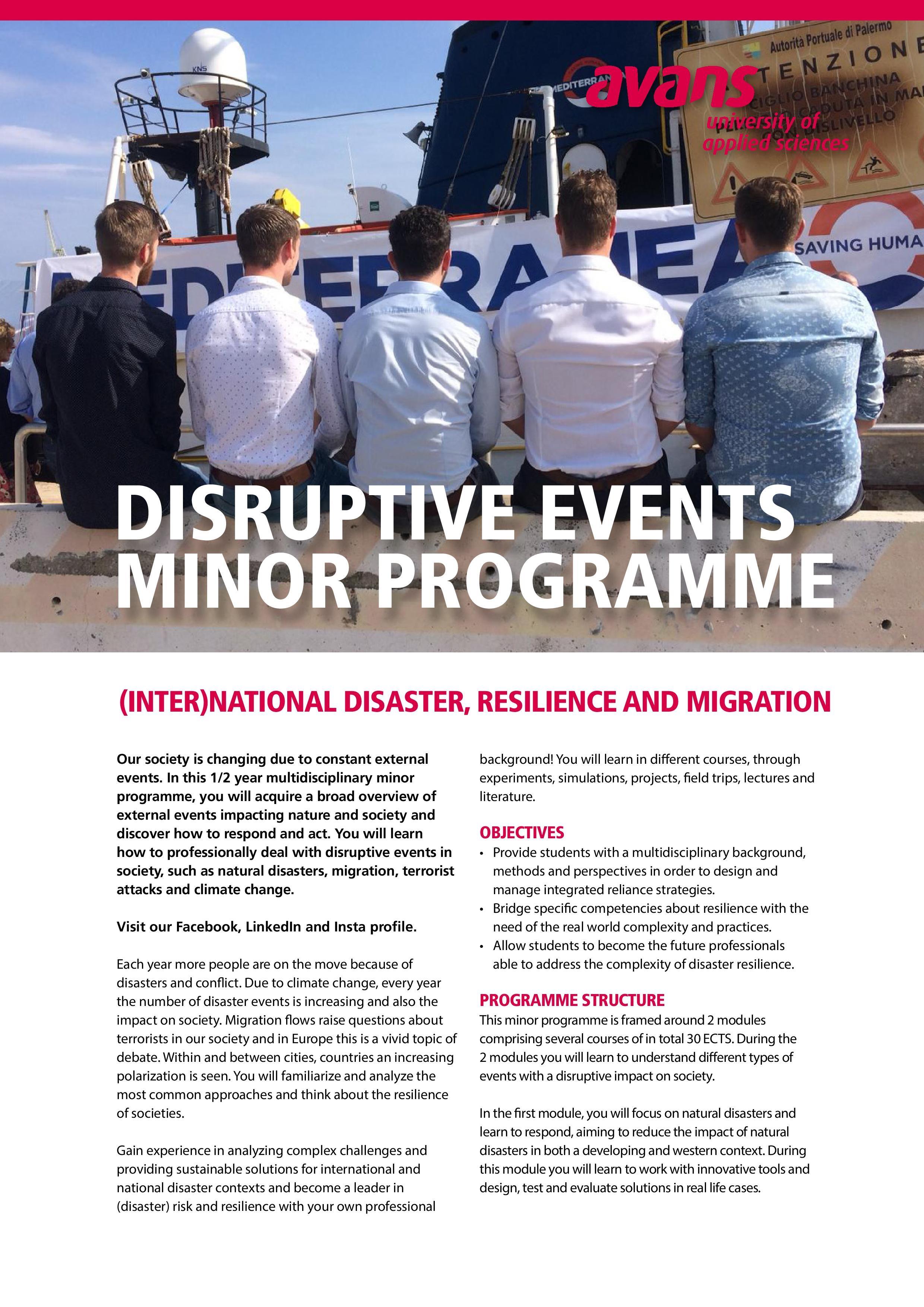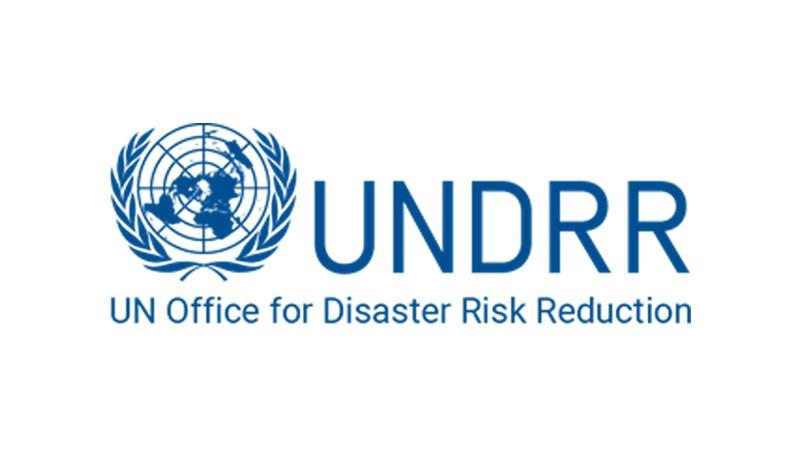
4 minute read
Current and predicted water disasters
Current and predicted disasters with regards to water
Water is one of life’s first necessities. Therefore, a lack of water will stop all biological processes which are indirectly used to balance the biological ecosystems and human activities which include water usage. The availability of water is decreasing which, according to the World Health Organisation, has already affected 2.1 billion people around the world. The World Health Organisation expects in 2050 this number to increase to 50% of the world’s population. Despite 70% of the Earths surface is covered with water, only 3% of this is fresh water. From this 3%, 66% is trapped in glaciers and snowfields and not available for water consumption. The remaining 1% of all the water on our planet is available for consumption. In addition, not all the available fresh water is suited for human consumption or for organisms to live in due to pollution, making fresh water more scares.
Advertisement
Water shortage is caused by the increase in freshwater use and the depletion of freshwater resources. This is mainly caused by the process of climate change in which the annual rainfall decreases (deforestation of rainforest which used to create clouds) despite the frequency of heavy showers increase (due to heavy showers, the rainwater does not have enough time to sink through the soil and enter the ground water.) On the other hand, water scarcity, resulted from using an inadequate natural water source to supply a region’s water demand (physical water scarcity), or it results from poor water management in which water is spilled (economic scarcity.) Economic water scarcity is often caused by agriculture. 75% of the available fresh water is used for food production. Therefore, water availability will become a bigger problem in the future due to an increase in the world population. There are successful measures now which can be held to reduce water usage. Ranging from simple improvements on your house appliances, drastic measures and changes in diet. The simplest measures include closing the tab if you do not need water, for example, while brushing your teeth. Other options are to shower instead of bathing, storing your own rainwater for garden use, water your plants at night, drip irrigate plants instead spraying, use compost since it can hold water, fill the laundry machine to lower the frequency washing cycle frequency, cover the swimming pool when it is not used to prevent evaporation. The drastic measure “If it is yellow, let it mellow. If it is brown, flush it down!” was once advised in the United States when there was a water shortage. Meaning that if you urinated in the toilet, you should not flush it. You only flush when you have had a poo. Changing your diet will reduce the water consumption for most people. This change includes the change in diet. For example, an average beef-based hamburger uses 3000L of water. Therefore, one beef-based hamburger is equal to the average water use of the water consumption of one person showering for two months.

Sponsh’s solutions
Sponsh is an Eindhoven University of Technology spin-off that tries to condense water vapor in the air to make fresh water. Many organisms in dry areas use humid air as their source of water. For example, the Namibian desert beetle has hydrophilic and hydrophobic areas on its skin which are used to collect water and the web of desert spiders are also used to absorb water. Sponsh has used biomimicry to remove condense the water vapor in the atmosphere. Their temperature-sensitive smart textile becomes hydrophilic when temperatures are low. Therefore, the textile will absorb water vapour at night which causes the fibre to swell up to 4 times their original volume. Due to the cold temperature, the water vapour will condense and become liquid. When the temperature increases, the textile becomes hydrophilic causing the fibres to contract. Therefore, the absorbed water is pushed out of the textile and liquid fresh water is produced. Unfortunately, Sponsh is still in the developing phase. In the laboratory, 1.3L of water was produced using 1.3m2 of coated textile. Several appliances are promoted on their website despite the company is still in the product development phase. The textile could be wrapped around a series of tree trunks.

Therefore, the produced water will fall down near the tree to prevent irrigation of other plants. Tree Sponsh is applied for tree saplings which should protect them from being eaten by bigger herbivores and provide water. A third example is the home Sponsh which will cover the roof and or walls with the smart textile to provide drinking water. When applied, the appliances of the smart textile will cause a reduction of water scarcity improving the crop yield. By combining this
with an improved water management and individual water saving measures a lot of water can be saved and might be used to conquer desertification.

